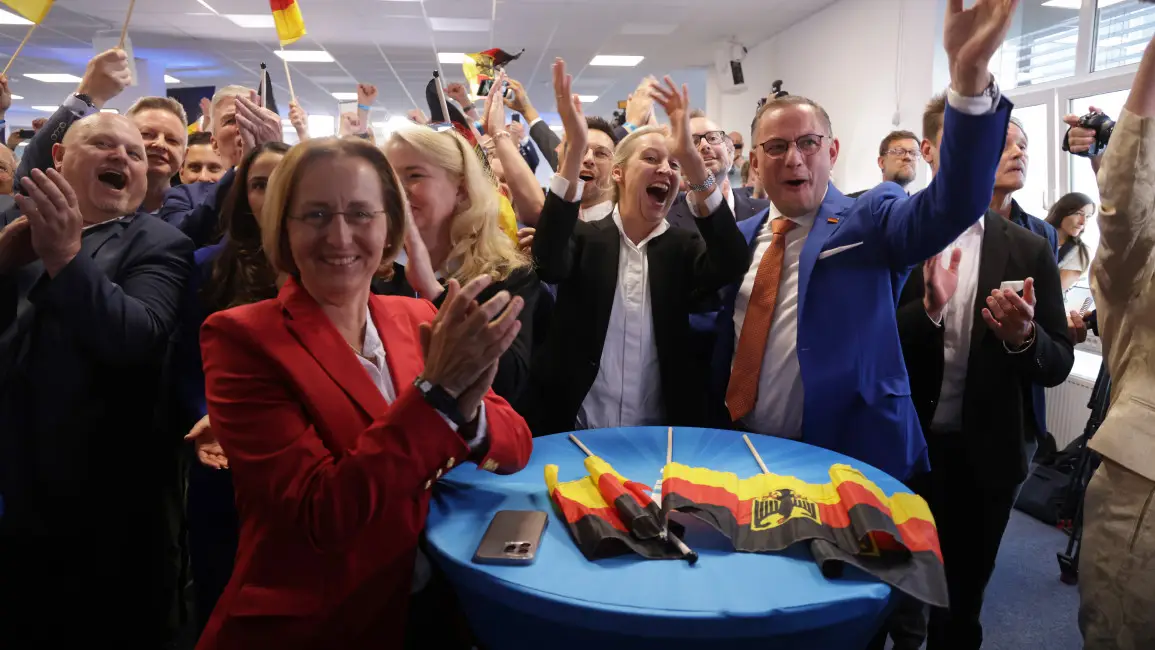 08aug
08aug Hijab- The space between conditioning and freedom for women (Hijab- De ruimte tussen conditionering en vrijheid voor vrouwen)
Often regarded as a ‘symbol of oppression, domination and self–segregation,’ Hijab (headscarf) and Naqab (covering face and body), worn by Muslim women to cover their head and chest; have been a subject of contestation, in the recent past.
Considered regressive because of the notions which paint these practices in a negative light, Hijab and Naqab have courted constant scrutiny and criticism. Contemplating between their choices and forced rendition of Hijab has become an everyday dilemma for women. These discourses argue that Hijab and headscarf are a barrier for women because they confine her freedom and feminism.
NAVIGATING BETWEEN CHOICE AND COMPULSION
While Hijab is a personal choice for few women, some choose to wear it because of tradition. Hina Shaheen, who studies Hindi at Jamia Millia Islamia, says she wears Hijab because her parents wanted her to wear it. “They never forced me but since everyone else in my family wears it, I knew they wanted me to. They would’ve felt bad if I didn’t,” adds Shaheen. Donning a Hijab, especially in public, however, comes with its own complexities. In school, Shaheen was not allowed to wear Hijab. The school administration had made it clear. While she obliged to the diktats of school authorities, Shaheen continued wearing Hijab outside the school. Joining a University has made it easier for her. Her case highlights increasing discrimination Muslim women in India have to face because of their choice to wear Hijab.
Studying in one of Delhi’s top most University, women like Bushra Khan have a prerogative to question the idea of feminism. Bushra, a History student at Delhi University says, “I carry the Naqab as it keeps me safe from pollution and saves time to get dressed. I’m not religiously inclined towards it.” However, once she moves out of Okhla, a predominantly Muslim area, she feels at the receiving end. “I attended a conference at PGDAV College and a colleague asked me whether I was a Pakistani. This perception was probably because I was wearing a Naqab.” Bushra believes ignorance is the prime reason for general misconceptions related to the Naqab. “People are unaware that Naqab doesn’t only have religious connotations, but is culturally recognised attire.”
However, women like Afia are a victim of professional prejudice as corporate firms were unwilling to hire her, a woman in Hijab. Afia Kidwai, supervising analyst at E&W says, “If feminism exists for women wearing skirts, it should not differ for women with headscarf. Every time I step out there are people eying because my attire is different. Extra frisking happens at metro stations and airports.” Although, she feels that her headscarf has given her confidence in carrying herself the way she wants.
HIJAB AS A POLITICAL STATEMENT
For some women, Hijab is political and feminist. In today’s world it is increasingly imperative for women to comprehend their idea of identity and empowerment.
According to Wafa Khan, a student activist at Jawaharlal Nehru University, a stereotype about Hijabi women is that they don’t have any agency over it. “I wear headscarf due to religious reasons, but it has consequently changed into a political tool for me. I did political campaigning in the campus while wearing it.”
Muslim women feel that it is entirely a woman’s decision to wear Hijab which eventually becomes their agency too. “If someone is walking around in shorts, people are okay with it, then why not with Hijab. I am an opinionated woman and I feel it is empowering because it brings me closer to Allah”, she added.
As Wendy Doniger, American Indologist says, the modern fashion believes in the bare skin, in a woman who exposes herself. Heba Ahmed, a Hijabi activist and research scholar at Jawaharlal Nehru University tells us how the idea of modern clothing stems from western ideologies of liberalism and is a form of capitalism.
“The western civilization is based on the idea of the liberal self, where you are not attached to any community or religion. We have another system of wearing clothes, for example-the concept of ‘Haya’ (modesty).” says Heba.
Moreover, “I assure that I wear my Hijab while going to protests and discussions so as to assert my identity and send across a message that Hijabi women are conscious of their political environment and constitutional rights.”
ISLAMIC SCHOLARS ON HIJAB
Dr. Ishaque Mohammad, Scholar and HOD of Islamic Department, Jamia Millia Islamia, elaborates on the Quranic verses. “Hijab is not only a religious term but also includes abstaining from evil things. It could be used for anything that is negative in the spiritual sense.” He quotes from the Quran mentioning ‘Jilbab’, a loose full-length outer garment to cover the head which women are asked to wear when they step out. “The difference of the verses lies in the interpretation by people, while some feel that it is mandatory to cover your head and chest, others think covering your face is also important.”
As the scriptures are comprehended in several ways, Arshad Khan, Islamic Scholar, states that Islam has never put any person under obligation. “Islam is a religion that allows one to follow whatever they wish too. Compulsion was never a part of Islam.”
With discourse around Hijab changing over the years, people have become more inclusive towards Hijabi women in public spaces. The traditional notions around Hijab and Hijabi women seem to rupture gradually, which is to say that wearing Hijab is a woman’s preferred choice and that surely empowers her.



